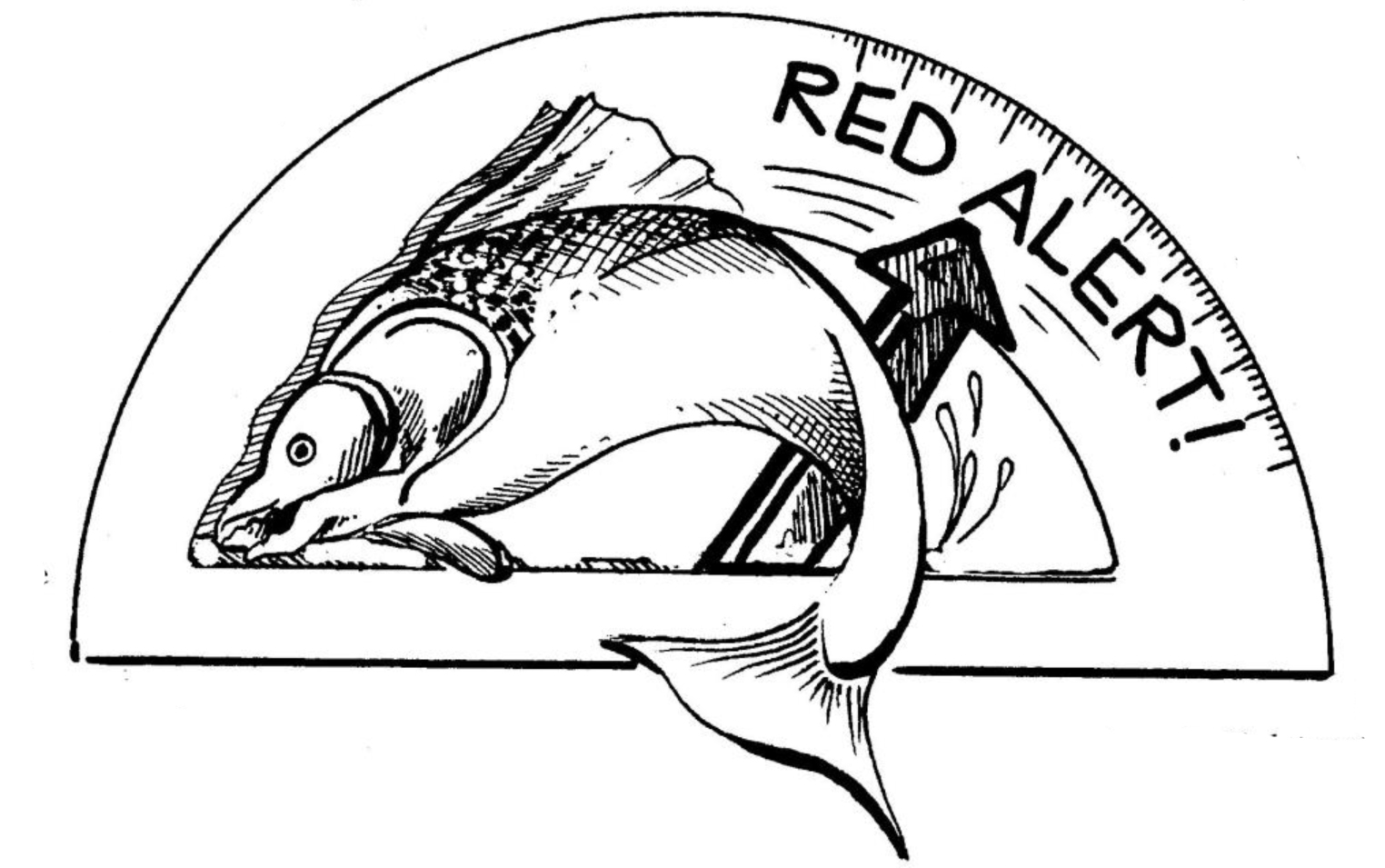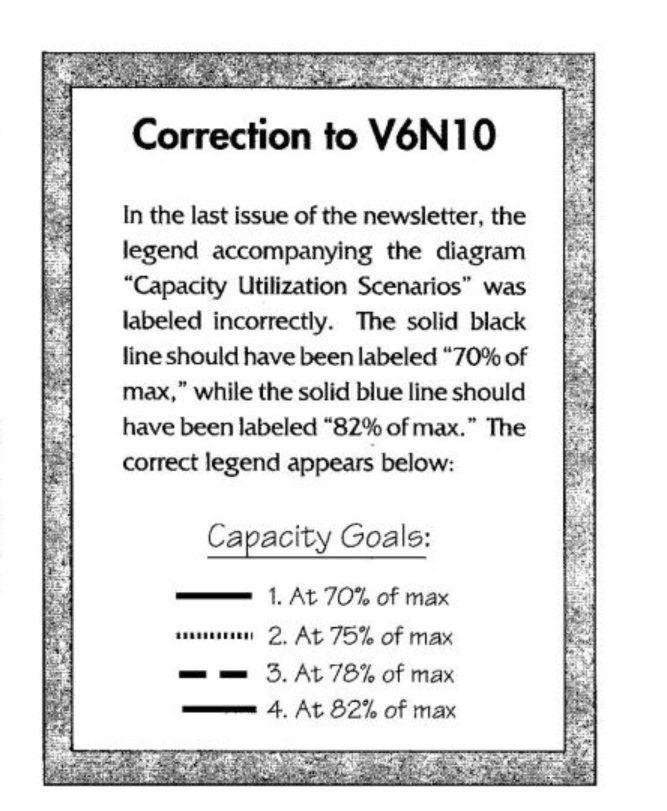When you fly a plane, you need an instrument panel in front of you, with lights and dials telling you how well the parts are working, what direction you’re headed, whether there are obstacles ahead and how much fuel you have.
If you are guiding a complex social mechanism like a city, you need even more lights and dials. But what should they measure for a city?
Five years ago, several hundred citizens from Seattle asked themselves that question. Last week, they came out with an answer—a book of 40 “indicators of sustainability” for their city. Eight of those indicators show things improving. Eighteen show no discernible trend. Fourteen show declining sustainability, negative progress, trouble ahead.
The report made front-page headlines in Seattle. When citizens deliver an instrument panel with warning lights blinking, the powers-that-be tend to pay attention.
It took a lot of work to get those indicators together. The volunteer organization called Sustainable Seattle started by arguing for six months over the word “sustainable.” Overfishing or overcutting a forest is clearly not sustainable. Neither, the Seattle folks decided, is deficit spending, nor loading the environment with pollutants, nor cramming more cars onto the roads, nor letting young people grow up uneducated and hopeless.

Eventually, they came up with a definition: sustainability is “long-term cultural, economic and environmental health.” Now, how to measure it? More months of discussion produced 99 suggestion indicators. They were posted on a wall and everyone got 15 green dots to stick up by the indicators each person thought were most important. The most green dots by far went to the salmon.
Wild salmon are a valuable resource in the Northwest, and they reflect the quality of water and the integrity of ecosystems. More than that, they are beloved. The spectacular annual return of the salmon is a sign that all’s well with the world. But in the new report, the salmon light is blinking a red alert. Since 1978, the population of sockeye salmon is down by 75 percent, coho by 81 percent.
One possible cause is soil erosion, measured in the report by the muddiness of streams, which has increased by 185 percent since 1987. Turbid water is not good for salmon. Sustainable Seattle folks are fond of pointing out link-ages like that among their indicators. For example, they say, child poverty leads to crime, leads to unsafe streets, leads to fewer people walking and more driving, leads to paving and water pollution, leads CO pollution in the salmon streams.
They have indicators all along that chain. More children are living in poverty-13.4 percent in 1979, 15.7 percent in 1989. Juvenile crime is up (35 to 40 percent higher per capita than in the mid-1980s). Vehicle miles traveled have almost doubled since 1970. Fifty-nine percent of Seattle’s land is paved or otherwise impervious to water. Paved land doesn’t absorb rain, doesn’t recharge water tables, and sends storm water into streams, carrying the oil and dirt of the city.
There is good news, however. In spite of the huge increase in driving, air quality has improved greatly. In 1981, there were 29 “unhealthful” air days in Seattle. In the last five years, there has been only one. Total municipal garbage generation more than doubled since 1976, but the city has just turned an important corner—its recycling rate is high enough now (at about 30 percent of municipal waste) to reduce the flow of garbage to landfills.
Economically, Seattle is thriving (20-percent growth in average income between 1980 and 1990), but, like the rest of the nation, the rising tide is not lifting all boats. Middle- and low-income families are working as hard but earning less. In 1990 about 12 percent of households received more than 33 percent of the city’s income, while the lowest 50 percent of households received only 20 percent of the income.

Perhaps the most unsustainable trend in Seattle, as in the nation, is in healthcare costs. The average person in 1980 paid $1,081 (in 1990 dollars) for healthcare; in 1990 the amount had more than doubled, to $2,737. The average household spent 10 percent of its income on healthcare in 1980 and almost 15 percent in 1990. Emergency-room visits at the main public hospital went up by 50 percent in the past five years; most of those visits were not emergencies but people without health insurance going to the only place that would take them in.
On a cheerier note, the percentage of low birth-weight infants is holding about steady. Voter participation is way up after some heated elections. And 44 percent of Seattle households grow some of their own fruits and vegetables.
Some politicians are suspicious of data-gathering efforts like this and suspicious of public information in general, thinking of it as some kind of report card on their performance. The Sustainable Seattle folks finessed that reluctance partly by including city officials in the discussion from the beginning, and partly by acknowledging that the indices reflect the behavior of all residents, not just City Hall. In fact, a full, informative instrument panel makes City Hall’s job clearer and easier. Furthermore, as Seattle’s first report on itself illustrates, indicators are not only ways of pointing out problems. They can also be ways of documenting successes.
Donella Meadows is a system dynamicist and an adjunct professor of environmental studies at Dartmouth. She is a co-author of the best-selling books The Limits to Growth and Beyond the Limits. She writes a weekly column for the Plainfield, NH Valley News.
